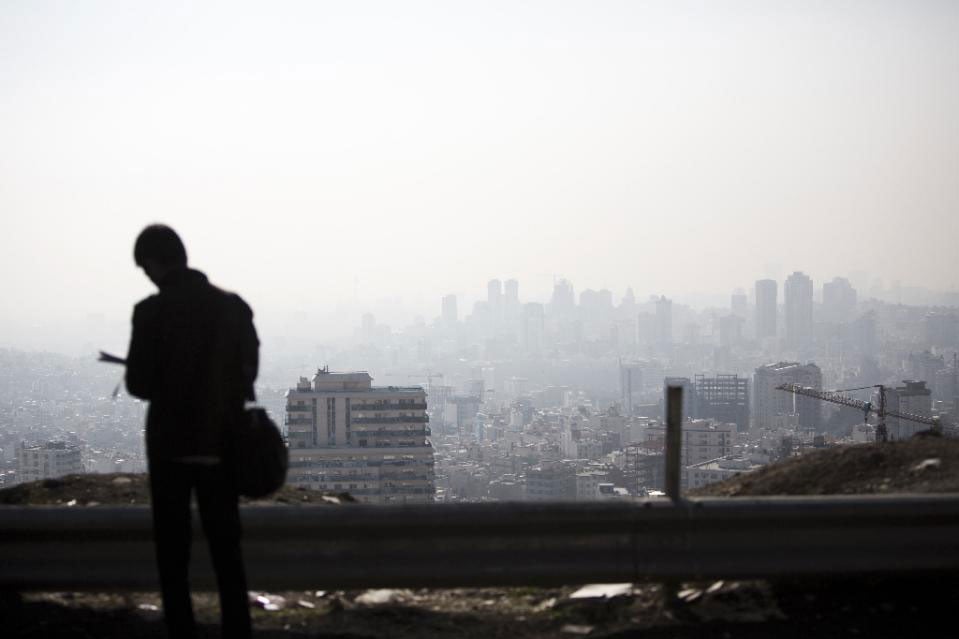
KARACHI:Karachi has turned out to be the world’s fourth-largest polluted city as its air quality index has surged to an unhealthy level of 193, showing utter negligence of the federal and Sindh governments towards environmental reforms, according to a new investigative report released on Sunday.
PM2.5 concentration, as per IQAir organisation report, in Karachi has been recorded 11.8 times higher this month which is above the WHO annual air quality guideline value.
This clearly proves that the federal and Sindh governments’ claims of making huge investments for improving the environment and public health in the city are nothing but disinformation and misinformation, says the investigation report.
The investigation finds that air pollution in Karachi contains solid and liquid particles, and certain gases in the air. The major polluters are transport and industrial emissions followed by burning of garbage, emissions from refrigerators, generators, flying of dust, and stoves used in houses and hotels.
The investigation says that all types of forests, including mangroves along Sindh’s coastline, which used to help absorb carbon dioxide and clean air in Karachi, have been hacked to an alarming level.
Karachi’s present mangroves forest cover is 50,000 hectares. In the last 50 years, Karachi has lost 10,000 hectares of mangrove forest due to encroachments, commercialization and infrastructure development.
A Sindh Environmental Protection Agency report says that the important ecosystems in Sindh, such as mangroves, have come under extreme pressure due to seawater encroachment and deforestation. There has been mass depletion of mangrove forests in the area due to illegal logging, irrigation and untreated industrial waste.
The report says that only 130,000 hectares of mangroves of the 600,000 hectares that existed at the start of the 20th century are now left. The total land area of Sindh is 34.84 million out of which 8 per cent is forest cover.
According to international standard, a country should have at least 25 per cent of its total land under forest cover to tackle environmental degradation including air pollution.
The new annual economic survey of Pakistan released in June 2021 says that Pakistan is a forest deficient country as it has 5.01 per cent area under its forest cover.
According to WHO, air pollution is one of the biggest environmental threats to human health, alongside climate change. From smog hanging over cities to smoke inside the home, air pollution poses a major threat to health. It causes diseases including heart ailments, strokes, chronic obstructive pulmonary diseases, cancer and pneumonia. Seven million people die globally each year due to exposure to ambient and household air pollution.






